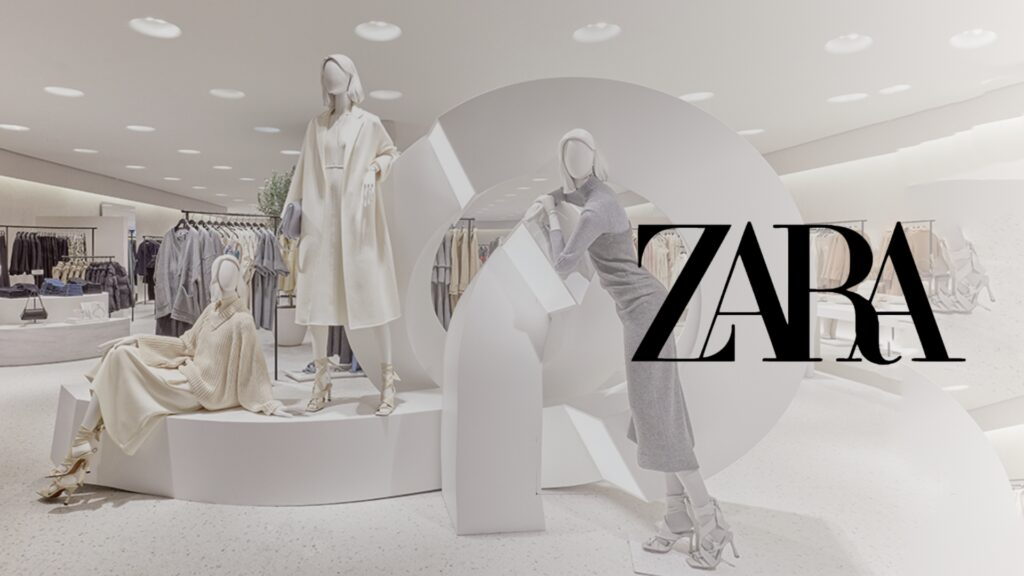
When we think of fashion, one brand that immediately comes to mind is Zara. It’s not just because of its trendy clothes or global presence, but because of the way Zara has completely transformed the way we shop. With a business model that seems almost too simple yet incredibly effective, Zara has managed to stay ahead in a market that’s constantly shifting. So, how do they do it, and what can we learn from them?
The Magic of Speed and Agility
Zara’s genius lies in its ability to adapt quickly. While most fashion brands work on seasonal collections that take months to hit stores, Zara does something quite different. They produce small batches of designs and refresh their collections every two weeks. It’s a fast-fashion approach that keeps customers coming back for more, knowing they’re likely to find something new every time they visit.
This speed isn’t just about being fast; it’s about being smart. Zara has mastered the art of staying ahead of trends without overcommitting. Their production process is incredibly agile most of it is done in-house or at nearby facilities, meaning they can create and deliver new designs in record time. It’s a strategy that minimizes the risk of overstocking and wasted inventory, which is a major issue for many other fashion brands.
Listening to Customers
What really sets Zara apart is its dedication to understanding its customers. They don’t rely on surveys or focus groups. Instead, their store staff acts as the eyes and ears of the brand. Every day, employees track what customers are trying on, what they’re asking for, and even what they’re not buying. This real-time feedback is sent directly to the design team, who can quickly adjust or tweak collections based on what customers are looking for.
Zara also doesn’t spend a lot on advertising. Instead, it focuses on creating an exceptional in-store experience. Every store, whether in New York, Paris, or Tokyo, feels the same sleek, minimal, and stylish. This consistency creates a sense of trust and exclusivity, even without flashy ad campaigns.
The Subtle Marketing Power
Zara’s marketing strategy is simple, but powerful. By producing limited quantities of each design, they create a sense of urgency. Customers are more likely to buy something if they think it might sell out quickly. There’s also the thrill of the hunt the idea that if you don’t grab something now, it could be gone tomorrow. This scarcity mentality keeps customers coming back time and again, eager to see what’s new.
Interestingly, Zara doesn’t push digital ads as aggressively as other brands. Instead, its stylish designs and regular stock updates create a buzz on social media, with customers posting photos of their Zara finds. It’s this organic word-of-mouth that has built Zara’s loyal following.
What We Can Learn from Zara
So, what can businesses and entrepreneurs take away from Zara’s success? It’s all about being agile, listening to your customers, and not overcomplicating things. Zara’s approach proves that by responding quickly to market demands, staying close to your customers, and keeping things simple, you can thrive, even in a crowded, competitive market.
For entrepreneurs looking to build lasting success, Zara shows us that speed, adaptability, and a deep understanding of your audience can make all the difference. It’s not about spending millions on advertising; it’s about creating products that people can’t resist—and keeping them coming back for more.









